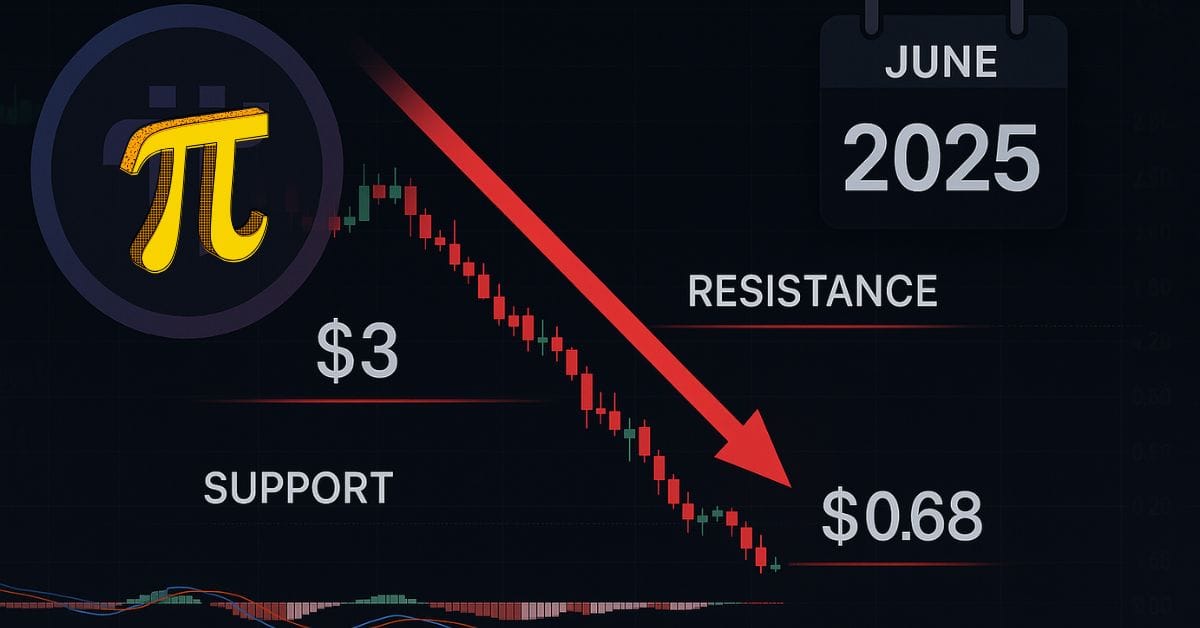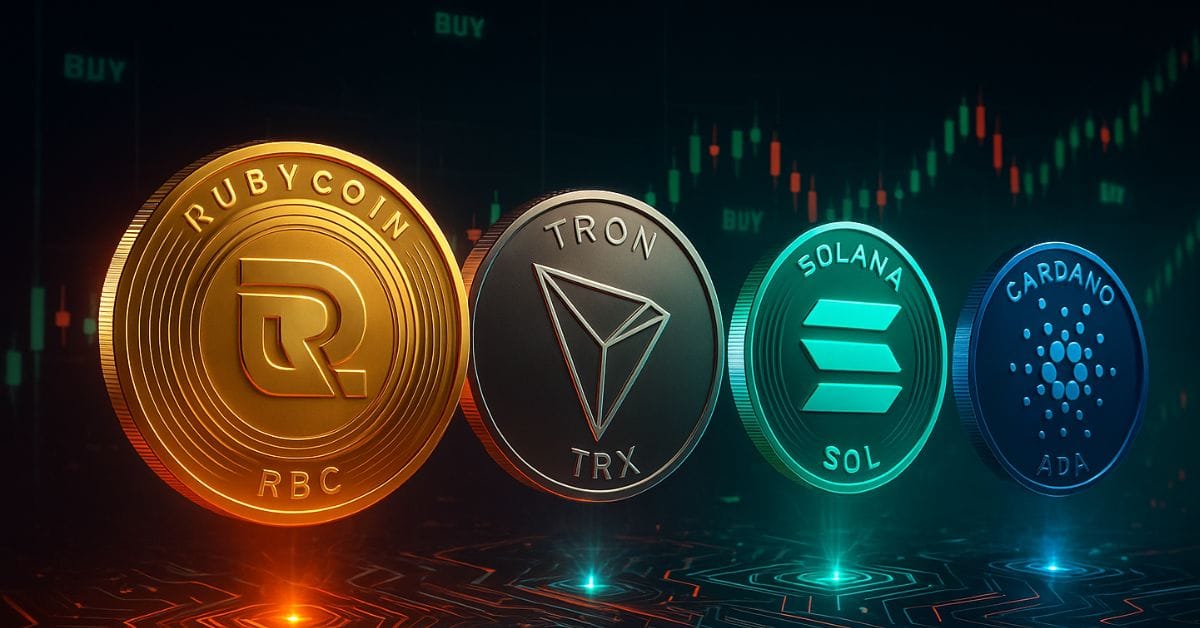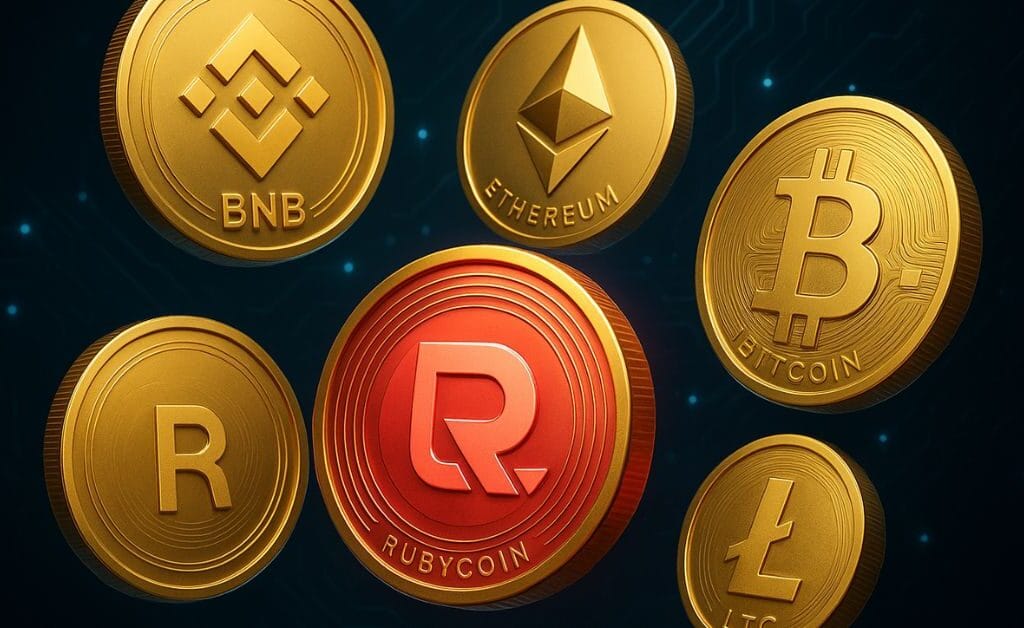Consider the potential if India had allocated even a small fraction of its foreign exchange reserves to Bitcoin. A mere 5% investment in Bitcoin, whether made in 2017 or as late as 2022, would today be valued at approximately $350 billion.
Today, I address an even more significant question: Should Indian corporations and the Government of India consider holding Bitcoin as part of their reserves?
Before delving into that topic, however, it is important to explore another aspect of gaining exposure to Bitcoin—namely, the process of Bitcoin mining.
As of May 23, 2025, Bitcoin is trading at approximately $110,000. Investing in Bitcoin is relatively straightforward—if the market price increases by 10%, the value of your investment rises by the same margin. Conversely, a 10% decline in price results in an equivalent reduction in your holdings. The process is transparent and direct.
Bitcoin mining, on the other hand, operates on an entirely different paradigm.
Contemporary Bitcoin mining requires the use of specialized hardware known as ASICs (Application-Specific Integrated Circuits). Unlike general-purpose computers, which are designed to handle a variety of tasks such as web browsing, data processing, gaming, and video conferencing, ASIC miners are dedicated machines engineered specifically to generate cryptographic hashes. These devices engage in a computationally intensive process, leveraging brute-force methods to solve complex mathematical problems in competition with one another.
The participant who successfully solves a cryptographic block is granted the authority to append that block to the blockchain and is compensated with newly issued Bitcoin. As of now, the block reward stands at 3.125 BTC, with a new block being mined approximately every ten minutes. However, the process is highly competitive: millions of machines compete simultaneously to solve each block, but only one emerges victorious and claims the reward. The remaining participants incur substantial sunk costs—including expenditures on hardware, electricity, cooling systems, internet connectivity, and specialized technical expertise—without receiving any compensation.
This stands in stark contrast to the early days of Bitcoin mining in 2010. At that time, the network was in its formative stage, block rewards were 50 BTC, and even a standard laptop had a reasonable chance of successfully mining a block. However, Bitcoin’s protocol is designed to reduce the block reward by 50% every 210,000 blocks, which equates to approximately every four years. The most recent halving occurred in April 2024, lowering the reward to 3.125 BTC. The next halving is anticipated to take place in April 2028.
Read Also: These 4 Crypto Coins Could Make You Rich by 2025
The ability to mine Bitcoin and earn block rewards is determined by a miner’s computational power, specifically its capacity to generate a higher number of hashes per second. Antminer, a product line developed by Bitmain—one of the world’s leading manufacturers of cryptocurrency mining hardware—is a widely used brand of mining machines. These devices receive data from the Bitcoin network and perform trillions of hash calculations per second in an attempt to discover a valid block. Upon successfully validating a block, the miner is awarded the current Bitcoin block reward, which stands at 3.125 BTC following the 2024 halving. This reward is then transferred to the Bitcoin wallet configured by the miner.
Success in cryptocurrency mining is largely determined by the hashing power of your equipment, measured in hashes per second. Below is a comparison of several mining machines based on their performance and price:
- Antminer S9 (Entry-Level, Older Model): Delivers a hashing power of 13.5 TH/s, with used units typically priced between $55 and $150.
- Antminer S19 (Mid-Range to High-End): Offers a hashing power of 104 TH/s and is generally available new for approximately $1,159.
- Antminer S19 XP (High-End, Latest Model): Provides a hashing power starting at 140 TH/s, with prices reaching up to $6,000.
Older mining machines do continue to generate some Bitcoin; however, the output is generally negligible in terms of profitability.
For instance, the Antminer T19 Hydro produces an average of approximately 0.0283 BTC per year, which translates to about $3,113 based on current market prices. The extent of profitability is largely determined by electricity costs:
- At an electricity rate of $0.045 per kWh: Estimated annual net profit is $973.82
- At an electricity rate of $0.10 per kWh: Estimated annual net loss is $1,709.79
This analysis assumes that Bitcoin’s price remains stable. However, should the price decline—as it did from $69,000 in 2021 to $16,000 in 2022—mining operations can become financially unsustainable. Indeed, many mining companies declared bankruptcy during that period. Had one invested in shares of these mining firms, the value of that investment would likely be negligible today, assuming no timely divestment. In contrast, an investor who simply purchased and held Bitcoin at its 2021 peak would still be in profit as of today.
If I were to invest my personal funds, I would choose to purchase Bitcoin and rely on its potential for price appreciation. This approach is simpler, entails lower risk, and does not demand complex technical infrastructure.
However, if I had access to substantial capital and the capability to establish a data center, I might consider cryptocurrency mining. This would necessitate raising millions in investment, importing ASIC miners (primarily from China), securing industrial-scale electricity, employing a technically skilled team, and ensuring robust cybersecurity along with reliable infrastructure.
This is a business endeavor, not a hobby. Similar to gold mining, it requires substantial capital investment with the expectation that the value of the output (Bitcoin or gold) will exceed the input costs.
Raising funds from investors solely to purchase and hold Bitcoin is generally unnecessary, as investors can acquire the asset independently. However, capital can be attracted if you offer additional value, such as operating an efficient mining enterprise. This distinction separates a passive investor from an entrepreneur.
In summary, the question of whether to mine or purchase Bitcoin is analogous to deciding between buying gold or establishing a gold mining company. For those seeking straightforward asset exposure, purchasing Bitcoin is advisable. Conversely, if one aims to build a business, assume operational risks, and contribute value through management, mining may present a viable opportunity.
Should Corporate Treasuries Include Bitcoin in Their Asset Portfolios?
The corporate treasury is a specialized division within large corporations tasked with overseeing the management of the company’s liquidity, funding, and financial risk. Its principal responsibility is to ensure the availability of adequate cash to support efficient operations, while simultaneously managing financial risks and optimizing capital utilization.
Key Functions of Corporate Treasury include the following:
- Managing cash and liquidity by monitoring daily cash positions and ensuring adequate liquidity to support operational requirements.
- Optimizing working capital by effectively managing receivables, payables, and inventory to improve the cash conversion cycle.
- Procuring debt or equity financing as necessary to support business activities.
- Investing surplus cash in low-risk, liquid instruments to generate returns while safeguarding capital.
- Mitigating foreign exchange and interest rate risks through hedging strategies utilizing financial derivatives when appropriate.
- Overseeing relationships and interactions with financial institutions, particularly banks.
- Ensuring adherence to internal policies and regulatory standards, alongside identifying and assessing associated risks.
One of the primary responsibilities of the corporate treasury is the management of the company’s cash reserves. These reserves consist of funds allocated for designated purposes, including emergency liquidity, debt repayments, planned investments, and protection against currency volatility. The investment strategy for these reserves typically involves allocating capital to secure, highly liquid instruments such as Treasury bills, money market funds, short-term corporate bonds, time deposits, and select investments like gold.
In the realm of corporate finance, strategic decision-making frequently delineates the boundary between mediocrity and extraordinary success. A prime example of this is MicroStrategy (NASDAQ: MSTR), a U.S.-based business intelligence software company established in 1989. Under the leadership of Michael Saylor—one of the longest-tenured technology CEOs in Silicon Valley—MicroStrategy has increasingly become recognized not only for its enterprise analytics solutions but also for executing one of the most audacious treasury strategies in contemporary corporate history: committing its balance sheet significantly to Bitcoin.
What is remarkable is that MicroStrategy’s annual software revenue for 2024 amounted to $460 million. However, as of May 2025, the company’s market capitalization surpasses $100 billion. The driving force behind this valuation is not an innovative new product, but rather the 568,840 Bitcoins held by the company, valued at over $62 billion based on current market prices.
The company’s strategic shift commenced in 2020, when it allocated $250 million from its treasury reserves to acquire Bitcoin. Since that initial investment, Michael Saylor has successfully repositioned MicroStrategy from a conventional software enterprise into a de facto Bitcoin holding company. To finance its ongoing accumulation of Bitcoin, the firm has raised over $7.27 billion through convertible bond issuances. The company’s stock, which was valued at approximately $10 per share in 2020, has since appreciated to nearly $380 per share—representing a 38-fold increase over a five-year period. This performance is notably impressive.
Who is purchasing this stock, which arguably should be valued at only $1 but is trading at $2? The buyers include retail investors, institutional entities, and even volatility arbitrage hedge funds, all of whom have accumulated positions in the stock or its associated bonds. For many market participants, MicroStrategy has evolved into a publicly traded proxy for Bitcoin exposure—particularly appealing to those who missed the initial cryptocurrency surge or who prefer a regulated and familiar vehicle to gain exposure to the asset. Meanwhile, sophisticated hedge funds view it as a volatility play, acquiring the lower-volatility convertible bonds and simultaneously selling higher-volatility options, with the objective of securing a relatively low-risk, guaranteed profit.
However, this strategy is not without significant risk. Should Bitcoin’s value decline sharply from the current $110,000 to its 2022 low of $16,000, MicroStrategy could encounter a severe financial crisis. Investors may demand bond repayments at face value, and the necessity to liquidate tens of billions of dollars in Bitcoin amidst a declining market could prove devastating. Nevertheless, the fundamental takeaway remains: the company strategically leveraged its treasury and vision to redefine its narrative, a move that was ultimately rewarded by its shareholders.
Numerous companies worldwide are now adopting this strategy, particularly across Europe and the United States.
This development poses a challenging question for Indian corporations: why has no prominent Indian company yet embraced a similar approach?
Among India’s top 100 publicly listed companies, how many have allocated even a modest portion of their treasury reserves to Bitcoin? Furthermore, how many CFOs and board members possess a thorough understanding of Bitcoin as an emerging store of value, or recognize the long-term implications that decentralized digital assets may have on capital preservation?
In an era increasingly defined by digital finance, the critical question is no longer whether Bitcoin will endure, but whether companies are adequately prepared for the ongoing monetary transformation.
We therefore pose the question: Which Indian company will be the first to incorporate Bitcoin into its treasury strategy? Who will undertake the calculated risk, make a decisive move, and emerge on the global stage as India’s equivalent of MicroStrategy?

The Government of India and Its Holdings in Bitcoin Reserves
As of September 27, 2024, India’s total foreign exchange (forex) reserves are approximately US$704.89 billion. This includes foreign currency assets (FCA) amounting to around US$616 billion and gold reserves valued at approximately US$65.7 billion. Notably, India has been steadily increasing the proportion of gold within its overall forex reserves.
India, or more specifically the Reserve Bank of India (RBI), requires foreign exchange reserves for several critical purposes:
- To maintain the stability of the Indian Rupee: During periods of market volatility or economic turmoil, the RBI may intervene by selling foreign currencies or gold to support the value of the Rupee.
- To finance imports: India relies heavily on oil imports, and major oil-exporting nations typically do not accept payment in Rupees. Therefore, India must maintain reserves in universally accepted currencies such as the US Dollar or in assets like gold that can be exchanged for the required foreign currency.
- To service external debt: India is obligated to make interest and principal payments on external borrowings. These payments are generally denominated in foreign currencies, primarily the US Dollar. In cases where debt has been sourced from countries like China, payments may be accepted in Chinese Yuan or Renminbi.
Consider the potential outcome if India had allocated even a small portion of its foreign exchange reserves to Bitcoin. A mere 5% investment in Bitcoin in 2017—or even as late as 2022—could have appreciated to a value of approximately $350 billion today. How did our most esteemed economic strategists overlook such a significant opportunity? Was it a result of institutional inertia, excessive caution, or a fundamental lack of understanding?
India has been increasing its gold reserves relative to its U.S. dollar holdings, reflecting a strategic intent to mitigate the risk of overexposure to a potentially devalued dollar, given that nearly 90% of our foreign reserves are dollar-denominated. If the trajectory of Bitcoin’s performance thus far is any indication, it may be prudent for policymakers to gradually diversify by allocating at least 10% of dollar-based reserves into Bitcoin over time—if not immediately—rather than risk missing another transformative shift in global finance.
El Salvador began acquiring Bitcoin for its national treasury in 2021. Similarly, the government of Bhutan has been mining Bitcoin using its abundant hydroelectric resources, although it has not publicly disclosed the extent of its holdings. The United States government currently holds approximately 200,000 Bitcoins, which were confiscated from hackers and failed enterprises. Under former President Trump, there are indications that the U.S. intends to expand its holdings of Bitcoin and other cryptocurrencies over time.
Russia is also developing a phased strategy to adopt digital assets, driven in part by the realization—amid ongoing geopolitical tensions—that reliance on the U.S. dollar and the centralized American financial system poses significant risks, including the potential seizure of national assets.
The Reserve Bank of India (RBI) has consistently expressed its opposition to private cryptocurrencies, instead advocating for the adoption of a digital rupee. However, it remains unclear how a digital rupee would offer advantages over the existing physical currency. Former RBI Governor Shaktikanta Das, speaking at the Peterson Institute for International Economics, a prominent think tank, stated:
“I am actually of the opinion that this is something which should not be allowed to dominate the financial system. Because it has huge financial stability risks, it has huge monetary stability risks, it also poses risks to the banking system. It also may create a situation where the central bank may lose control of money supply in the economy.”
His comments raise important questions. Is this apprehension toward decentralized virtual currencies driven by a genuine concern for financial stability, or could it stem from a reluctance to adapt to innovations that challenge traditional frameworks? Given that cryptocurrencies like Bitcoin enable the transfer of value globally at lower costs and without intermediaries, it is not immediately clear how such mechanisms constitute a systemic threat to monetary or banking stability. A more detailed explanation from the Governor would have been beneficial in clarifying these perceived risks.
Interestingly, RBI Governor Sanjay Malhotra indicated in February that the government’s rigid stance on cryptocurrencies might begin to soften. One might argue that policy evolution is overdue. As the Latin adage goes: Tempus fugit—time flies.












